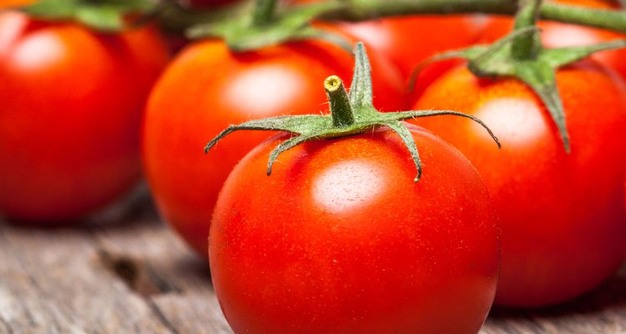There are already models that predict the production of, for example, a tomato crop. But not only quantity is important for growers and consumers, but also quality. The Greenhouse Horticulture and Flower Bulbs Business Unit of Wageningen University & Research is therefore developing a prediction model that calculates the effect of cultivation measures on, among other things, the Brix content.
The taste of a tomato is determined by two things: the variety (i.e., the genetics) and the growing conditions. The cultivation conditions include CO2, temperature, PAR light (which is used by the crop for photosynthesis), and the EC content in the substrate slab. WUR is investigating whether a model can be developed that predicts taste.

WUR will first focus on the Brix content of a tomato (a measure of the content of total soluble solids, such as sugars). The aim is that the model can predict in which direction the Brix content will develop under certain cultivation measures. That information then serves as decision support for a grower. It can therefore decide whether or not to take certain measures, based on its own strategic choices about quantity, quality, or costs, for example.
The model will be developed in the coming year by researchers in the field of crop physiology, product quality, and cultivation: they will validate the model through measurements in WUR's research greenhouses. So they first focus on the Brix content in a standard tomato variety. At a later stage, the model may be further developed for other cultivars, other variables, and other output. WUR is still looking for partners for further development.
Source: wur.nl
